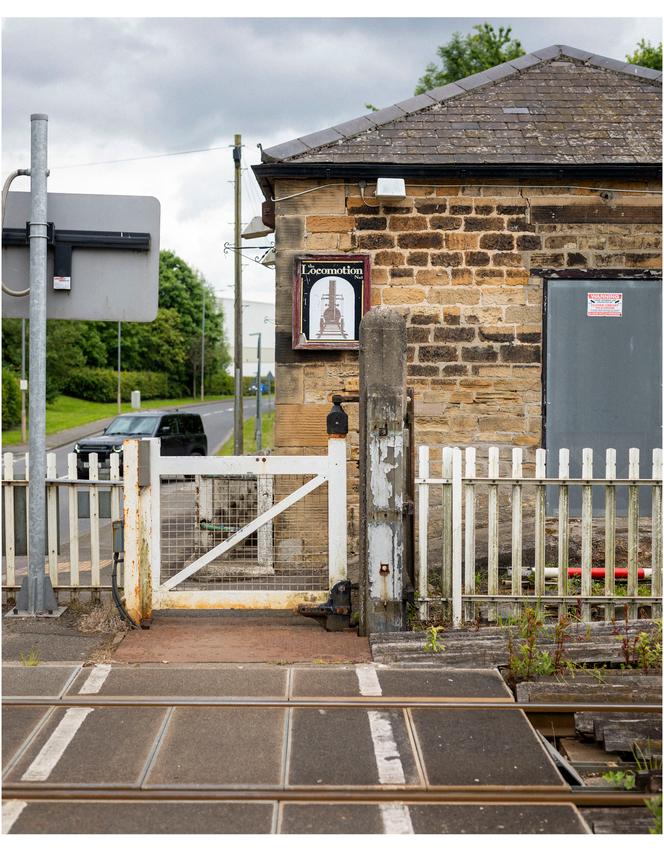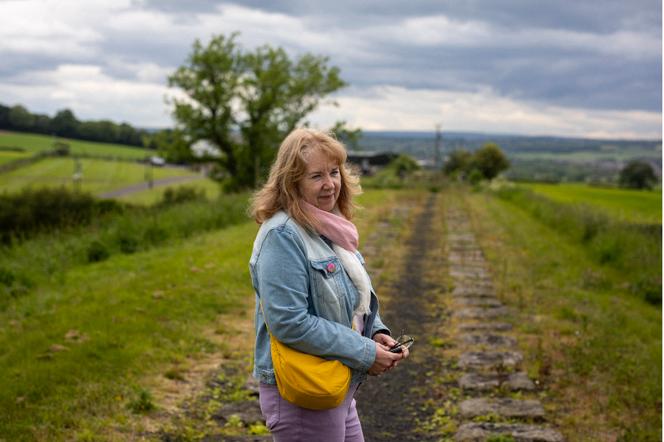

LETTER FROM HEIGHINGTON

As the birthplace of the first industrial revolution, the UK has a fascinating industrial heritage that is not always showcased due to the lack of funds allocated to its rehabilitation. The Stockton and Darlington Railway (S&DR) is a case in point. On the edge of the industrial estate of Newton Aycliffe, an unassuming town in County Durham, northeast England, it is the oldest commercial railway in the world.
The 26-mile (42 km) railway was inaugurated in 1825. The Friends of the Stockton & Darlington Railway intend to use the bicentenary celebrations in 2025 to raise sufficient funds to restore the station, the existing engineering structures and the remains along its route.
At the end of a roundabout, just past the entrance to a Japanese Hitachi factory, stands Heighington Station, a square building in a state of repair, but still the oldest passenger station in the world. It was opened in 1826 just after the Stockton and Darlington Line went into service. It has not been in use since 1960, but trains still pass its boarded-up windows – at the end of the 19th century, the section of the original railway line it served was integrated into a longer route, the Tees Valley Line.
"The railroad was born here, because everything that it needed was in the right place at the right time," pointed out archaeologist Caroline Hardie, a member of the Friends of the Stockton & Darlington Railway. Durham's subsoil is one of the country's richest in coal, which has been extracted for centuries in hundreds of mines scattered across the countryside. From the end of the 18th century onward, these mines became mechanized, employing talented engineers who tested steam engines to increase yields and replace horses. Among these adventurous engineers was the famous George Stephenson, a native of a village near Newcastle, north of Durham, who designed his first steam locomotive in 1814.

Finally, County Durham was home to the Quakers, pioneering investors representing a dissident movement from the Anglican Church, rejecting its hierarchy and advocating peace and social involvement. One of them, Edward Pease, a prosperous wool merchant from Darlington, commissioned the study of a railroad in 1818, making the audacious gamble of turning his newly created company, Stockton and Darlington Railway, into a commercial freight and passenger line. The railway was built in just three years. Stephenson supervised the work and had the locomotives built at his company in Newcastle.
You have 52.19% of this article left to read. The rest is for subscribers only.
